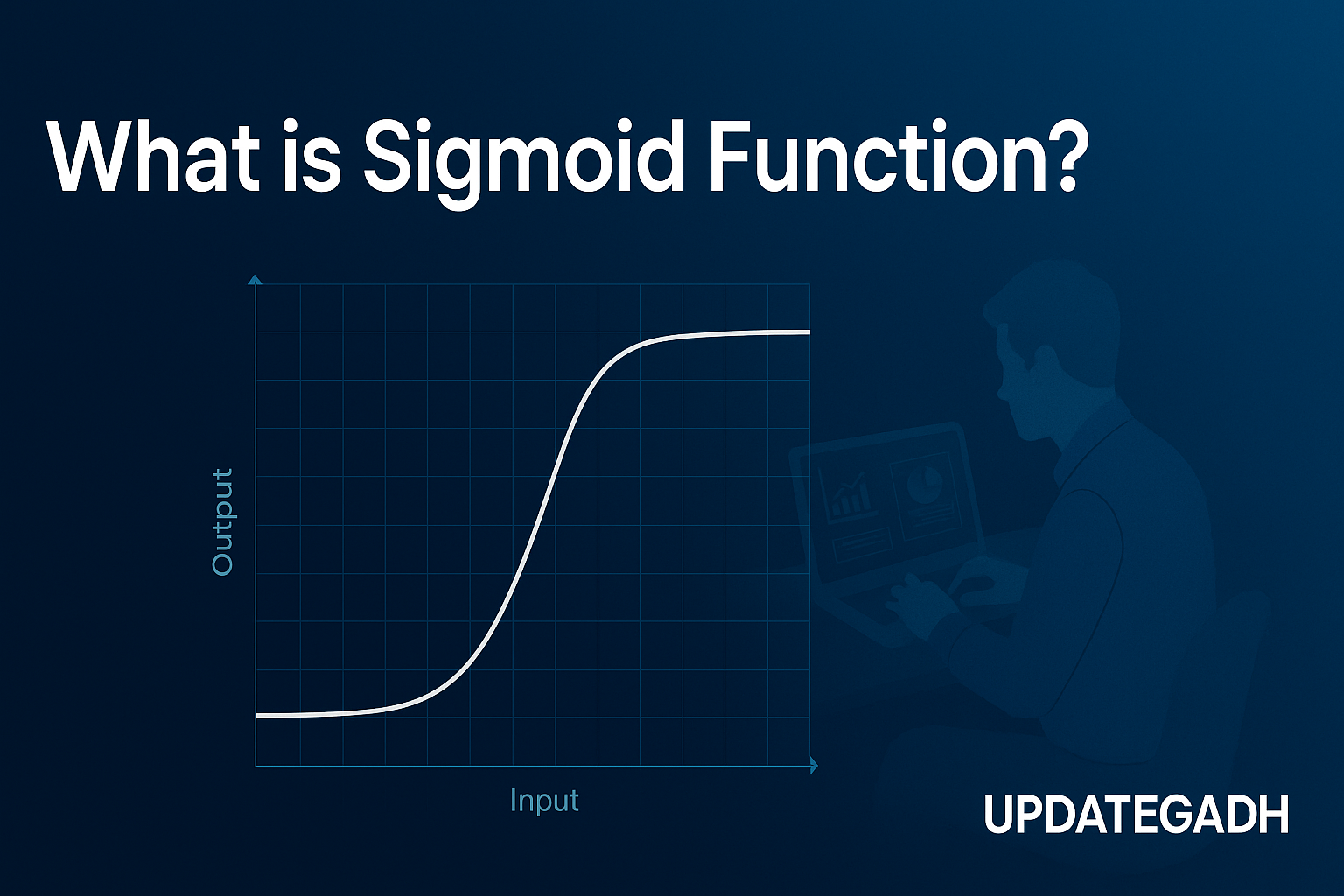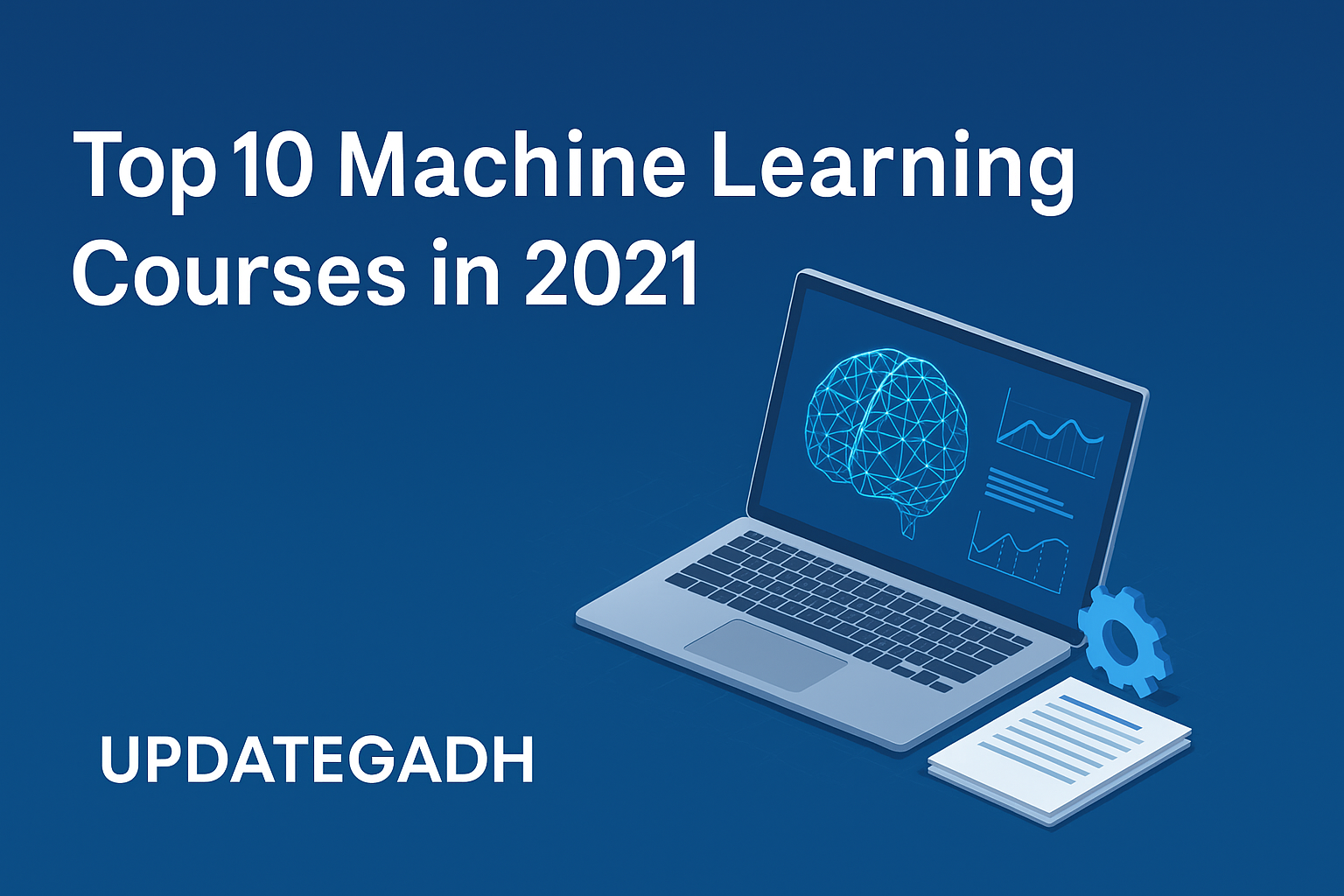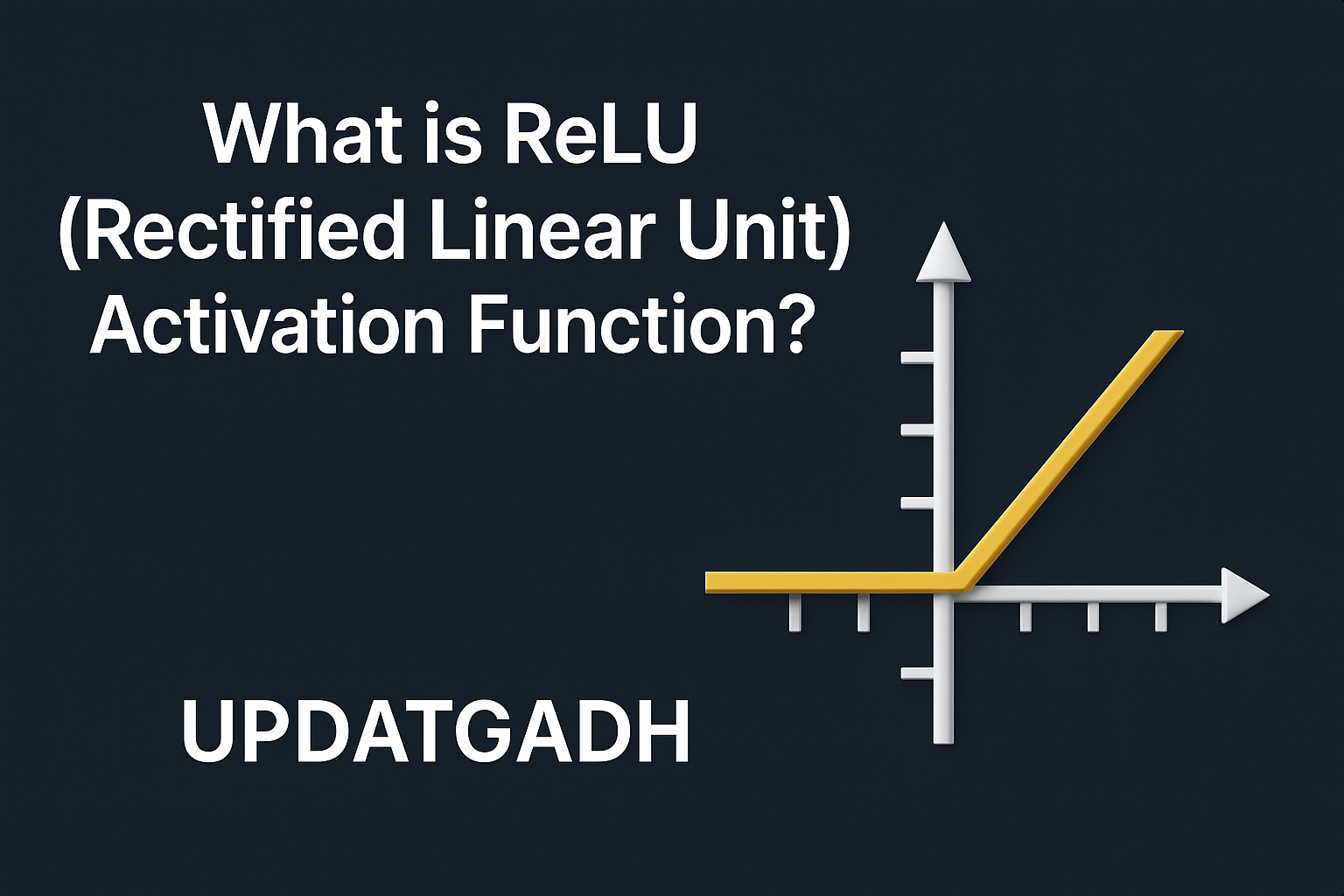
Confusion Matrix in Machine Learning
Confusion Matrix in Machine Learning
In the world of machine learning, evaluating the performance of classification models is essential. One powerful and intuitive tool for this task is the Confusion Matrix. Though it appears simple on the surface, its implications are vast and help us understand not just whether a model is accurate, but how and where it’s making mistakes.
Let’s break it down in a professional yet easy-to-understand way — exactly how we do things at Updategadh.
Complete Python Course with Advance topics:-Click Here
SQL Tutorial :-Click Here
Data Science Tutorial:-Click Here
🔍 What is a Confusion Matrix?
A Confusion Matrix is a performance measurement tool for machine learning classification problems. It is especially used when the output can be of two or more classes, and the true labels of the test data are known.
It’s also called an error matrix because it not only identifies correct predictions but also highlights the types of errors the model is making.
🧩 Structure of a Confusion Matrix
- For a binary classification (Yes/No or 1/0), it forms a 2×2 matrix.
- It becomes 3×3 for a 3-class categorisation, and so forth.
- The matrix includes actual values (from test data) and predicted values (from the model).
The general layout of a binary classification confusion matrix is as follows:
| Predicted: No | Predicted: Yes | |
|---|---|---|
| Actual: No | True Negative (TN) | False Positive (FP) |
| Actual: Yes | False Negative (FN) | True Positive (TP) |
📌 Meaning of Each Term:
- True Positive (TP): Model correctly predicted Yes.
- True Negative (TN): The model was right to predict that the answer was No.
- False Positive (FP): The model said Yes, but the reality was No. (Type I Error)
- False Negative (FN): The model said No, but the reality was Yes. (Type II Error)
🤔 Why Use a Confusion Matrix?
- Evaluates performance of classification models.
- Identifies not just the count of errors, but the type of errors.
- Allows calculation of multiple performance metrics like:
- Accuracy
- Precision
- Recall
- F1-Score
- Misclassification Rate
🧪 Example Scenario:
Imagine you’re building a medical diagnosis system that predicts whether a patient has a disease. You test it with 100 patients:
| Predicted: No | Predicted: Yes | |
|---|---|---|
| Actual: No (73) | 65 | 8 |
| Actual: Yes (27) | 3 | 24 |
Insights:
- 89 correct predictions (65 TN + 24 TP)
- 11 incorrect predictions (8 FP + 3 FN)
- Model predicted Yes 32 times, No 68 times
📊Important Confusion Matrix Metrics:
✅ Accuracy
Shows how often the model is correct.
Accuracy = (TP + TN) / Total Predictions
= (24 + 65) / 100
= 89%
❌ Misclassification Rate (Error Rate)
Indicates how often the model is wrong.
Error Rate = (FP + FN) / Total Predictions
= (8 + 3) / 100
= 11%
🎯 Precision
How many of the anticipated positive instances turned out to be positive?
Precision = TP / (TP + FP)
= 24 / (24 + 8)
= 75%
🔁 Recall (Sensitivity)
How many positive cases did the model capture out of all the real ones?
Recall = TP / (TP + FN)
= 24 / (24 + 3)
= 88.89%
⚖️ F1 Score
Harmonic mean of Precision and Recall.
F1 Score = 2 * (Precision * Recall) / (Precision + Recall)
≈ 2 * (0.75 * 0.889) / (0.75 + 0.889)
≈ 0.813 or 81.3%
📍 Other Important Concepts:
❓ Null Error Rate
Shows the error if the model always predicted the majority class. Helpful for checking if the model is really learning or just guessing the common outcome.
📈 ROC Curve (Receiver Operating Characteristic)
Graph that plots True Positive Rate (Recall) vs False Positive Rate. Used for evaluating classifiers at various threshold values.
Download New Real Time Projects :-Click here
Complete Advance AI topics:- CLICK HERE
🧠 Conclusion:
The Confusion Matrix is more than just a table — it’s a window into your model’s decision-making ability. It helps identify strengths, weaknesses, and gives you the tools to refine your machine learning model for better real-world performance.
Whether you’re working on a health app, spam filter, or fraud detection system — mastering this matrix can set your work apart.
confusion matrix in python
confusion matrix in machine learning example
confusion matrix in machine learning code
confusion matrix in machine learning with example
confusion matrix sklearn
confusion matrix in machine learning formula
confusion matrix in machine learning table
confusion matrix in machine learning formula
decision tree in machine learning
knn in machine learning
confusion matrix in machine learning python
confusion matrix in machine learning geeksforgeeks










Post Comment